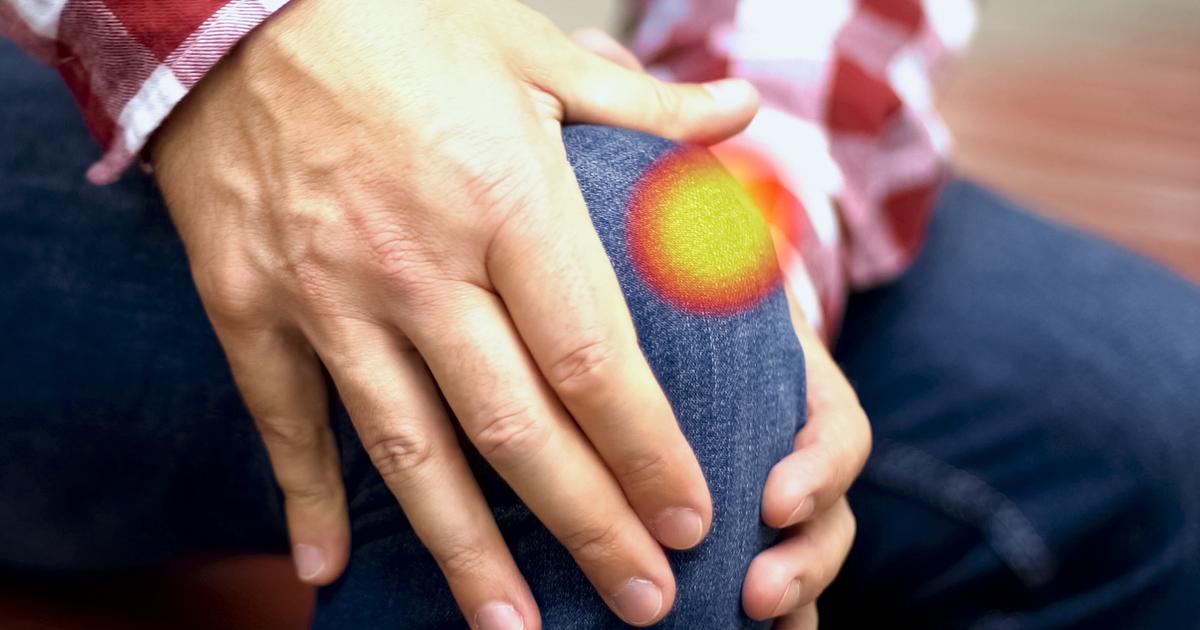What Causes Pain In The Knees?
Knee pain affects individuals of all ages, and it can be caused by injuries, infections, or disease. Patients might experience pain in the knee joint itself, and pain could also occur in the soft tissues surrounding the joint. Symptoms associated with knee pain include swelling or warmth around the area, stiffness, and joint instability. Patients might notice popping or crunching sounds coming from the knee as they move, and localized redness may develop. Depending on the severity of the pain, affected individuals might be unable to bend or straighten their knee, and it may be impossible to bear weight on the knee.
Doctors assess knee pain by performing a physical examination. They start by gently touching the area to check for tenderness, bruising, swelling, and structural changes. They will also push and pull on the knee, and the patient will be asked to raise and lower the leg in various directions. X-rays, CT scans, MRI scans, and ultrasounds may be useful in determining the underlying cause of knee pain and developing an appropriate treatment plan. Physical therapy could be appropriate, and doctors might suggest the use of injectable corticosteroids, hyaluronic acid, or platelet-rich plasma. Surgery, including partial and complete knee replacement, could be considered for patients with specific knee injuries or severe knee pain.
The conditions described below are some of the major causes of knee pain.
Dislocated Kneecap

Patients could develop a dislocated kneecap as a result of a sudden change in direction while the leg is firmly planted. This frequently happens in contact sports such as basketball, and it could also occur after falls or other trauma. In the majority of kneecap dislocations, the patella (a triangular bone that protects the knee) slips toward the outer side of the leg. Patients may notice an obvious knee deformity, and they will usually be unable to walk or straighten the knee. The joint could swell too. To diagnose a dislocated kneecap, doctors will perform x-rays or MRI scans of the knee. Patients who have a confirmed dislocation will need to have their kneecap manipulated back to its proper location, and the knee will be placed in a cast or an immobilizer for roughly three weeks. After that time, physical therapy will be needed to rebuild strength and function in the joint. Kneecap dislocations typically heal within six weeks.
Uncover another cause of pain in the knees now.